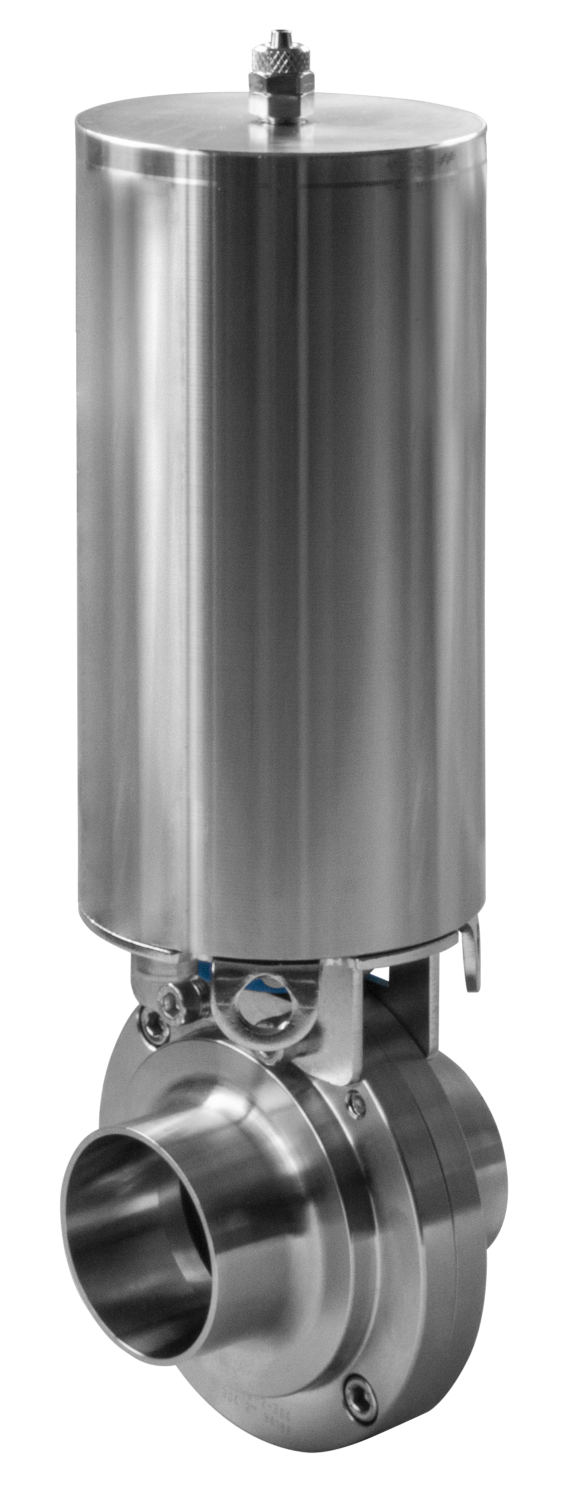When you need a complete valve and actuator assembly, many actuators are already matched to the valve you’re looking for as a pre-configured complete unit. To decide which one you need, there are a few questions you should ask.
1) What kind of environment will the actuator/valve assembly be installed in? Wash down, hazardous, outside in the elements, exposure to elevated temperatures, etc.?
Answers to these questions will help Steel & O’Brien guide you through the material and feature selection of the actuator. For example, your customer wants to install automated valve assemblies in two different areas: 1) Wash down area in a food processing room and 2) In a utility corridor that doesn’t see a wash-down requirement. For the assembly that will be in the wash down area, the actuator material itself should be reviewed, and more often than not, stainless steel is the answer for its superior corrosion resistance to the washdown chemicals. For the assembly in the utility corridor, there’s no concern when it comes to corrosion resistance and the actuator won’t be subjected to the elements. In this case, a standard epoxy-coated or hard-anodized aluminum actuator would suit the application.
2) What kind of utility is available to operate the actuator – i.e. is there a compressed air supply available or is there only electric available?
The pneumatic actuator to operate the valve is a relatively lower cost option as compared to the electric actuator, however, if there’s no air supply available and the expense of installing a new air supply to the area is high, the electric actuator may be the better solution.
» If an air supply is available – the information that Steel & O’Brien will need to know to provide either a complete assembly or actuator only are: What is the air supply pressure available?, what type of actuator is required (spring return or double acting)? and is the valve fail position opened or closed? All of this will assist Steel & O’Brien in determining the proper size actuator for the valve it is to be installed on.
» If only electric is available – what voltage is available to operate the actuator? Typical voltages are 115VAC, 24VDC, and 220VAC single phase. Others are available but these are the most common. Keep in mind that electric actuators operate much slower than pneumatic actuators. If fast operation is a requirement for valve opening/closure, then you should consider a pneumatic actuator.
Steel & O’Brien can provide several different actuator options when it comes to valve operation depending on the valve it will operate:
| Ball Valves: |
| |
| Butterfly valves: |
| |
| Diaphragm valves: |
|
If it’s not a Steel & O’Brien valve, can you provide the manufacturer and/or the model number of the valve you want to automate?
This information will help Steel & O’Brien research the specific valve you want to automate. Depending on the type of mounting characteristics of the valve itself – Engineering may or may not be able to match a Steel & O’Brien actuator to your existing valve.

